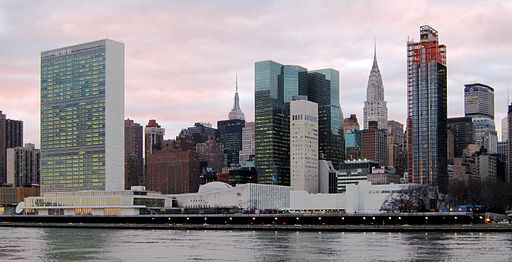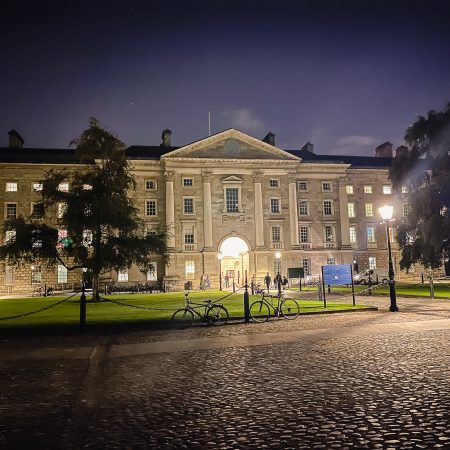With all the tools available for booking travel online, more and more people choose to do it themselves rather than use the services of a travel agent.
I think the ability to research, sleuth out the best and perfect deal, and make reservations yourself is a wonderful thing. BUT – it also means that you have to take responsibility for those reservations, including the mistakes that you make.
One mistake that I’m seeing on a regular basis, is travelers not allowing sufficient time to make a connection. This can have unintended consequence that can wind up costing you money.
Here are a few scenarios, and my recommendations on making sure you have enough time to make your connection:
You are traveling domestically on Airline A and are connecting to another domestic flight also on Airline A:
If it’s a large airport, I’d allow no less than 45 minutes. That gives you time to get off one plane, walk to another gate, and board another. It has a little built in room in case there’s a small delay. I’ve seen people do it in 30 minutes, but I’d not take that chance unless it is a very small airport. Under 30 minutes is just asking for trouble.
You are traveling domestically on Airline A and are connecting to a domestic flight on Airline B:
I’d probably go with 45 minutes unless I knew that the connecting gate areas were at opposite ends of a busy airport. Then I’d allow an hour.
You have purchased two separate tickets (rather than one) and will need to get to another gate to make that flight:
This is the riskiest scenario of all. Because you have two different tickets, and if you miss the connection, the second airline will assume you are a no show and will cancel your ticket. Will you be able to convince them to reinstate it? Maybe. Will there be a fee associated with it? Most likely. If you are going to take this option, I recommend leaving lots and lots of time to make the connection. Don’t try to cut it short and find yourself without a flight. Depending on the airport and the airlines, I’d suggest hours and hours of a cushion.
You are traveling domestically on Airline A and are connecting to an international flight on any carrier:
I’d allow no less than an hour at a smaller airport and 90 minutes at a major hub. The reason? You will most likely have to go to the international terminal, and that’s going to take some time. Depending on the airport, you may have to go back through security (LAX for example). That means you need to allow for time in line and clearing security. You also want to make sure there’s time for your bag to make it as well. And if you’re flight is early and everything goes smoothly, you can use those few extra minutes to browse duty free!
What about an international flight? Any difference?
You are traveling international inbound to the US on Airline A and are connecting to another US flight.
You will have to go through customs and immigrations inbound to the U.S., and depending on the airport, time of day, and number of other international arrivals, this could take awhile. You will need to claim your bags and get them checked to your final destination, then clear security again and get to your departure gate. If you make the trip regularly, and know your airport and its traffic patterns, or are continuing on the same flight number, you will probably do fine with 90 minutes. If you are not an experienced traveler, are planning on making major purchases abroad, are traveling with children or a large group, or in any way can’t run through an airport if time is tight, I’d recommend allowing 2 hours.
There are, of course, exceptions to all of these recommendations, but these are the guidelines that I personally start with. If missing a connection has serious repercussions (missing the last flight that gets you in on time for a cruise departure, missing the last flight of the day to Europe, or something like that), I try to take an earlier flight or leave additional time to make my connection.
NOTE: If you don’t have checked bags, and can make an earlier connection, you can always ask your airline to stand-by for the earlier flight.
Image credit: SXC




